On our second day in Aizuwakamatsu we decided to head south to the former postal town of Ouchijuku (大内宿) which lies along the Aizu-Nishi Kaido trade route, which connected Aizu with Nikko during the Edo Period.
To get there you take a scenic train, complete with tatami mat seating, from Aizuwakamatsu to Yunokami Onsen (湯野上温泉駅) and then switch to a bus the rest of the way. That was the plan at least.
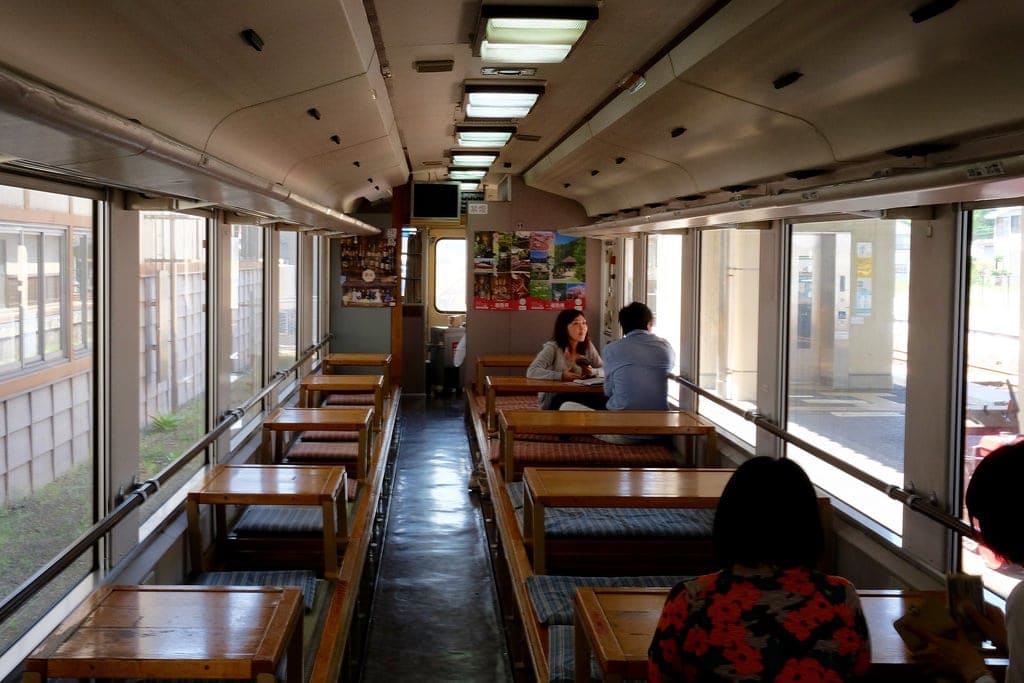
When we arrive at Yunokami Onsen I realised I had stupidly forgotten to withdraw enough cash and there wasn’t an ATM nearby. As is so often the case in Japan, a kind stranger came to the rescue – Akira Hoshi, who works for a local tourist organisation, generously gave us a lift in his car to the nearest ATM and then took us all the way to Ouchijuku! ありがとうございましたあきらさん?
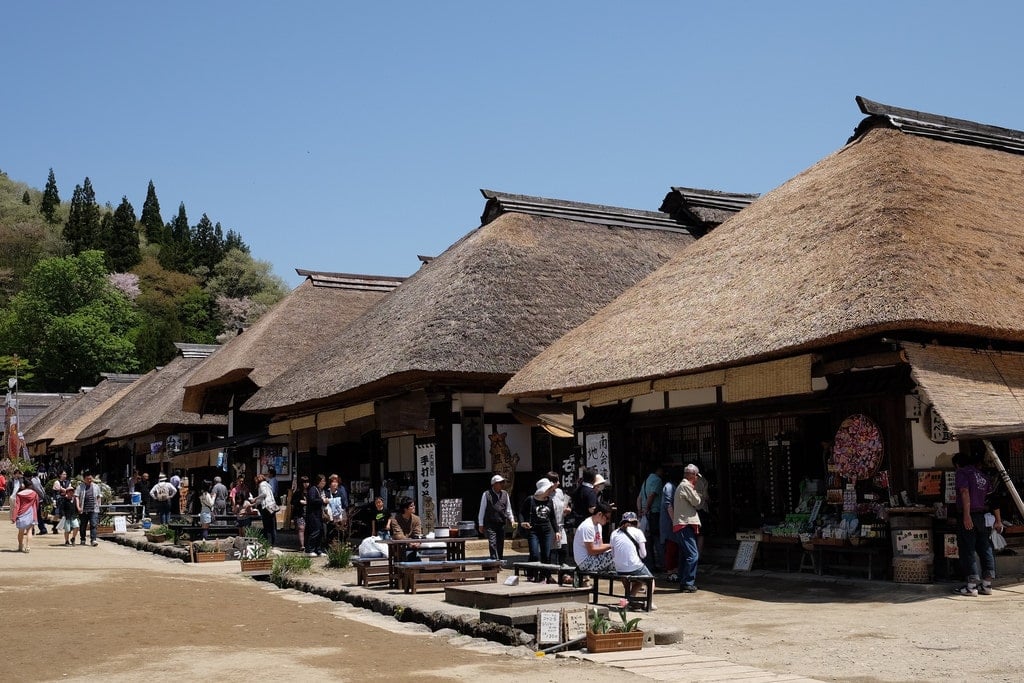
Set amidst rolling mountains, the old town of Ouchijuku consists of a dusty main street lined by beautifully restored thatched buildings, which house a variety of small shops, restaurants and traditional inns. Some of these buildings are said to be over 300 years old.
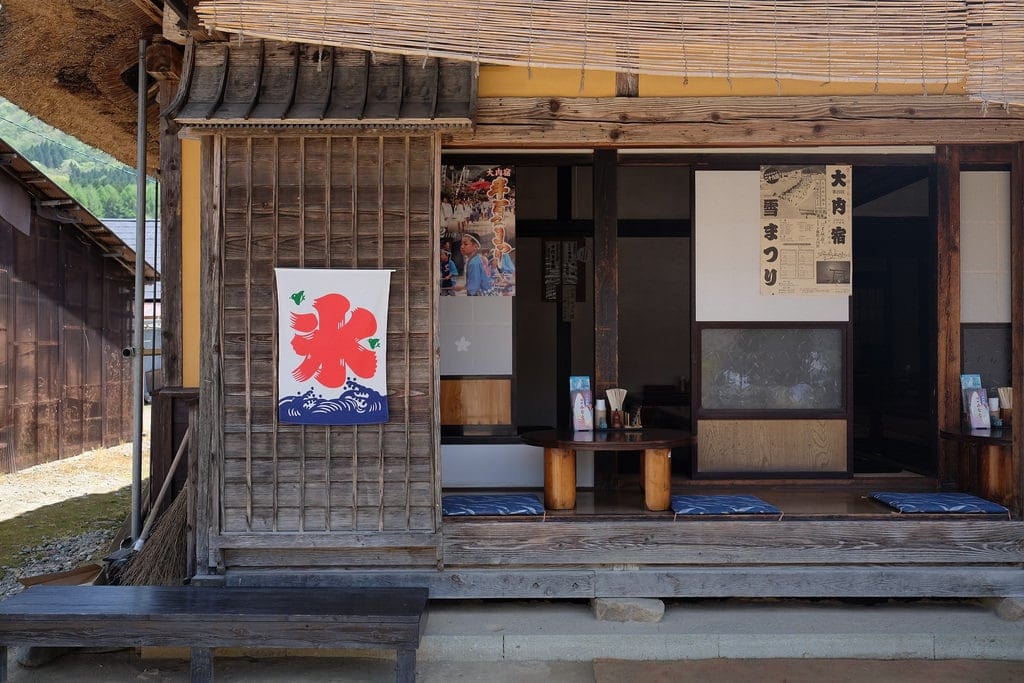
Restrictions set by the Tokugawa shogunate during the Edo period (1640) required travellers to make their long journeys on foot and as a result, post towns like Ouchijuku developed along the routes to provide travellers with food, accommodations and rest.
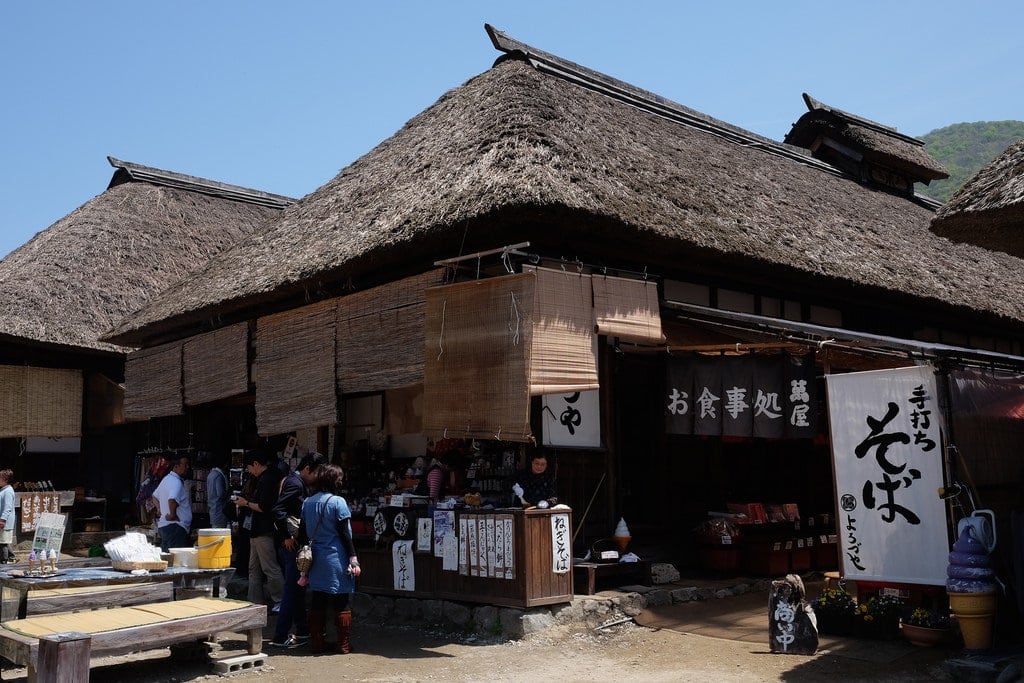
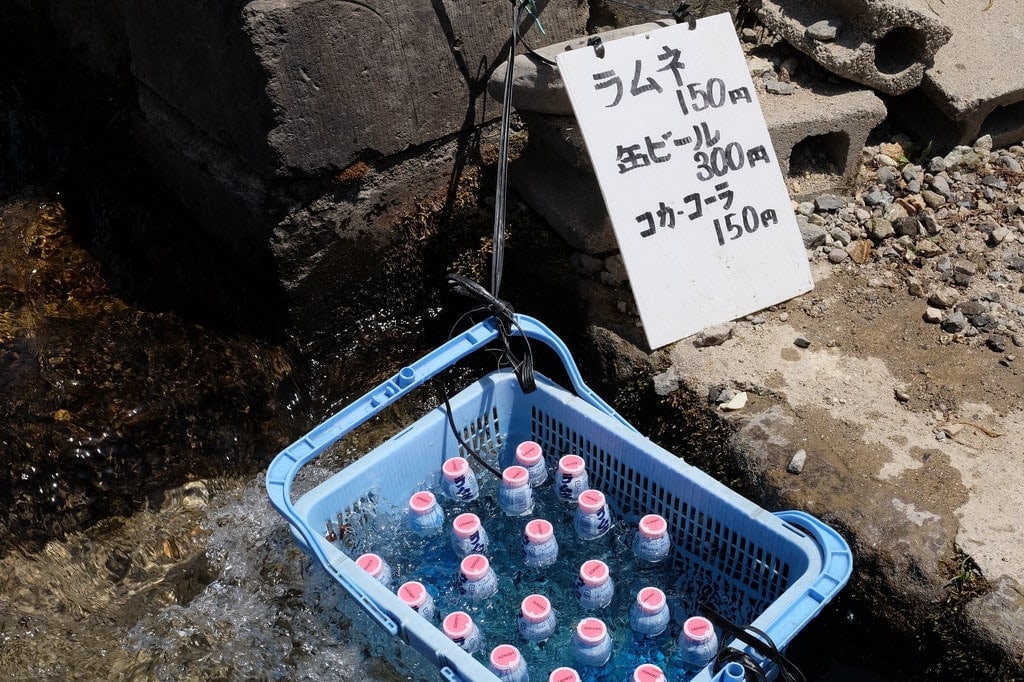
Parallel streams running along each side of the road are used to naturally keep drinks cool.
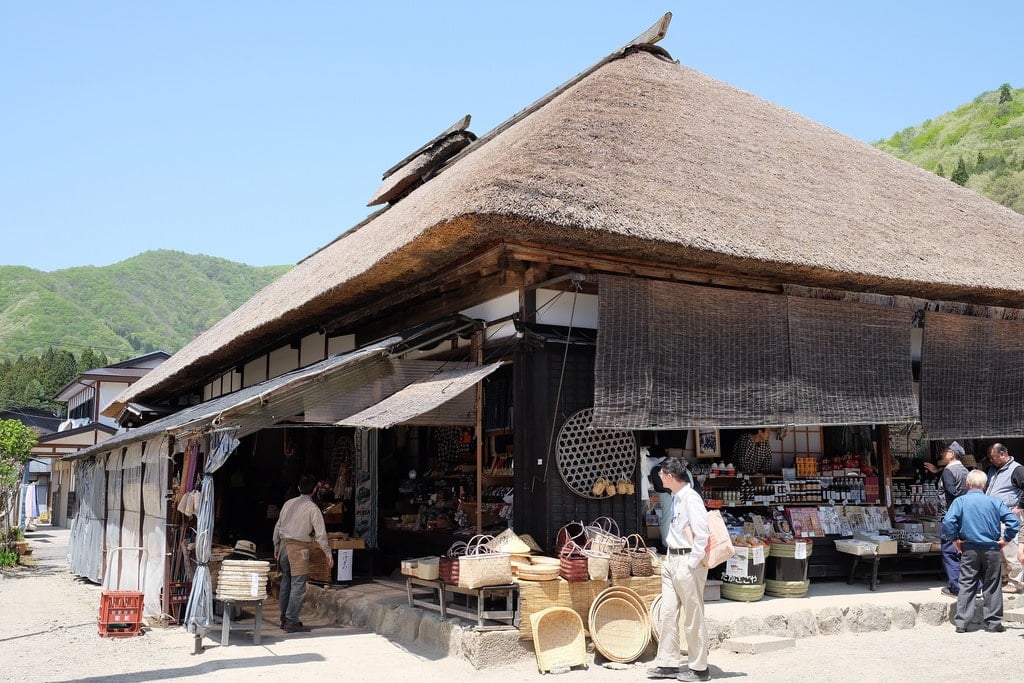
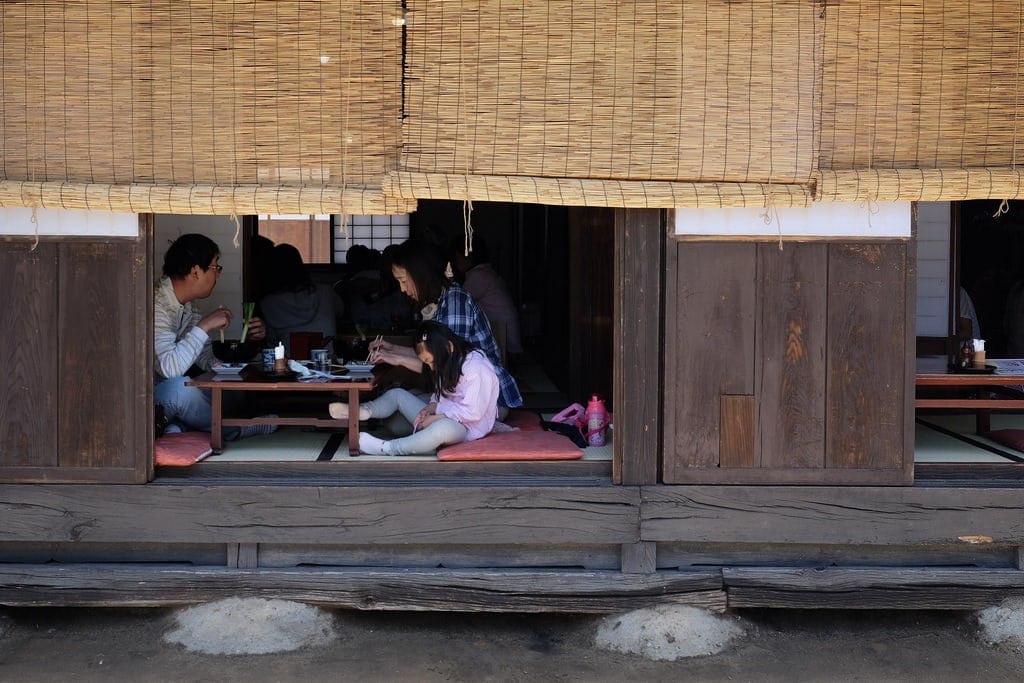
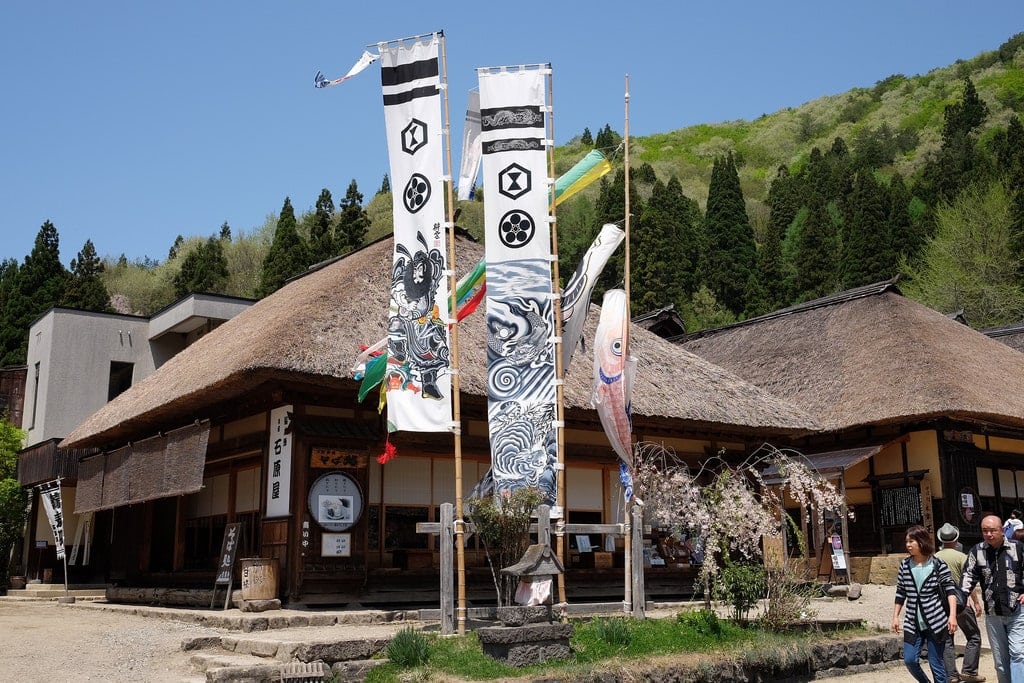
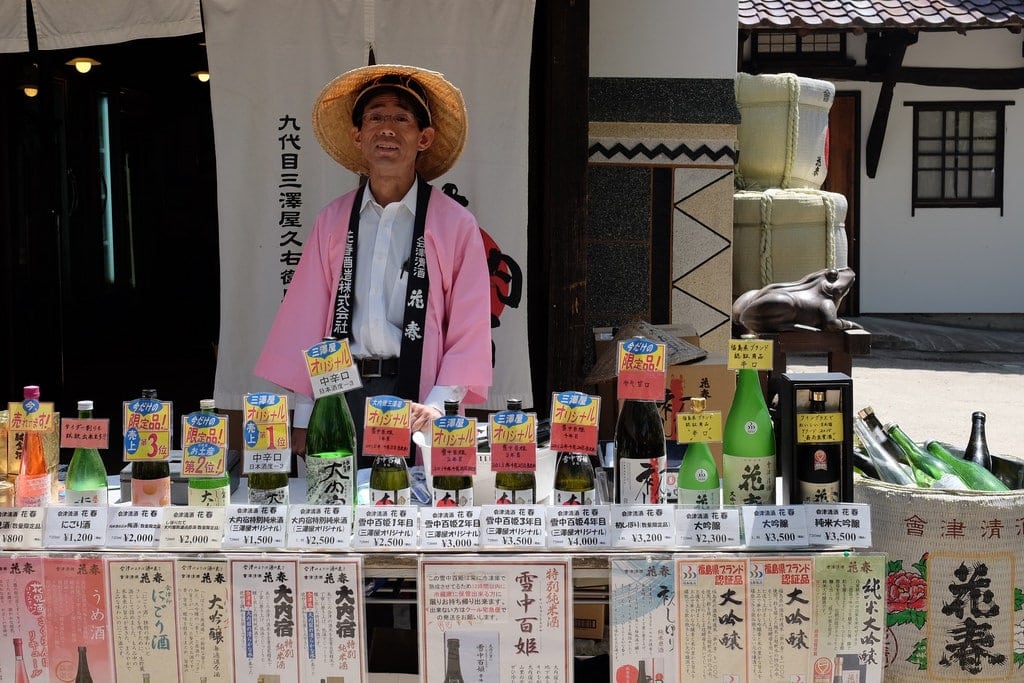
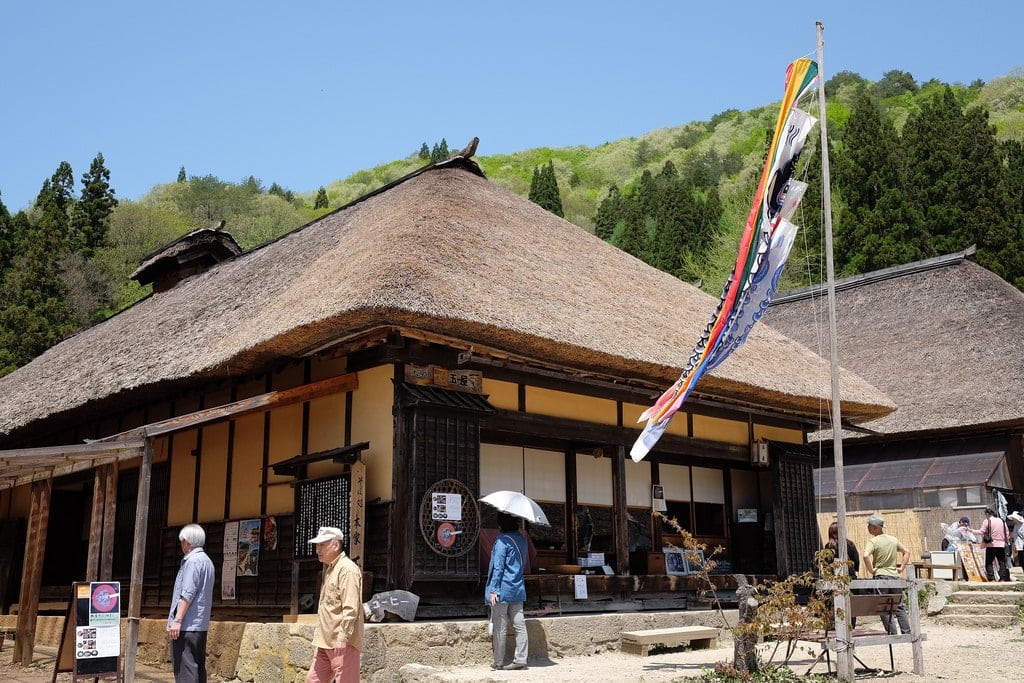
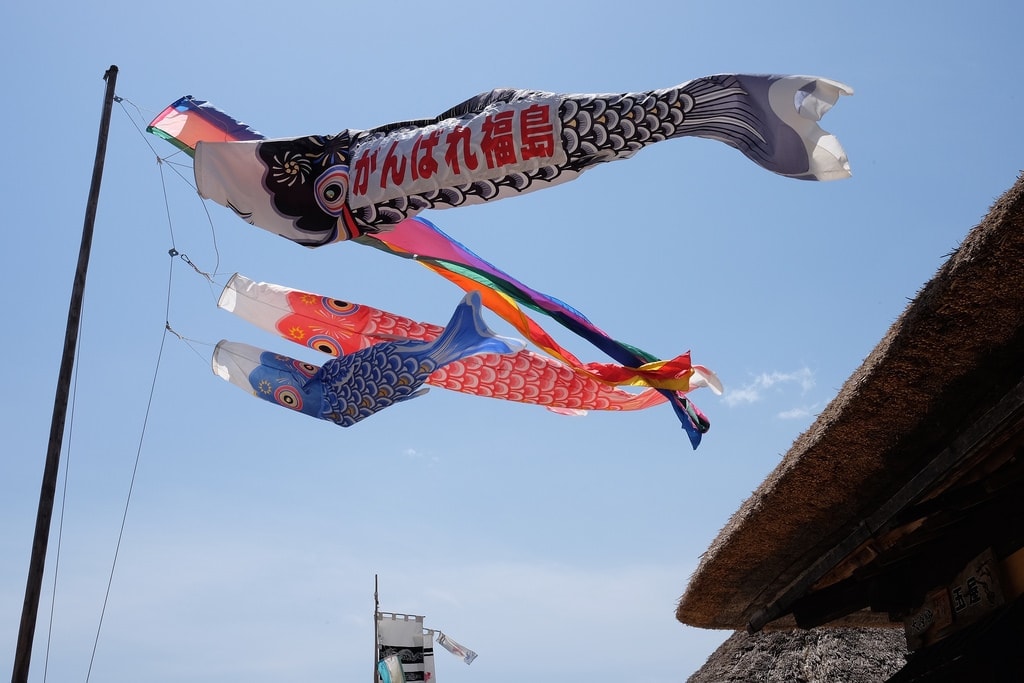
Bright carp-shaped koinobori (鯉幟) wind socks flutter in the breeze.

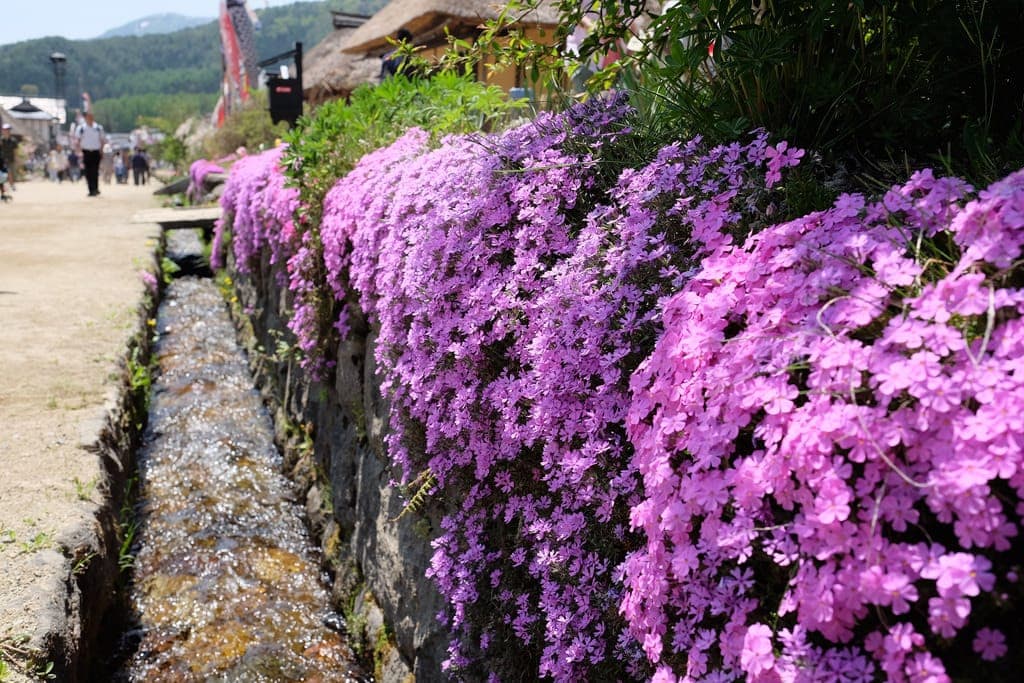
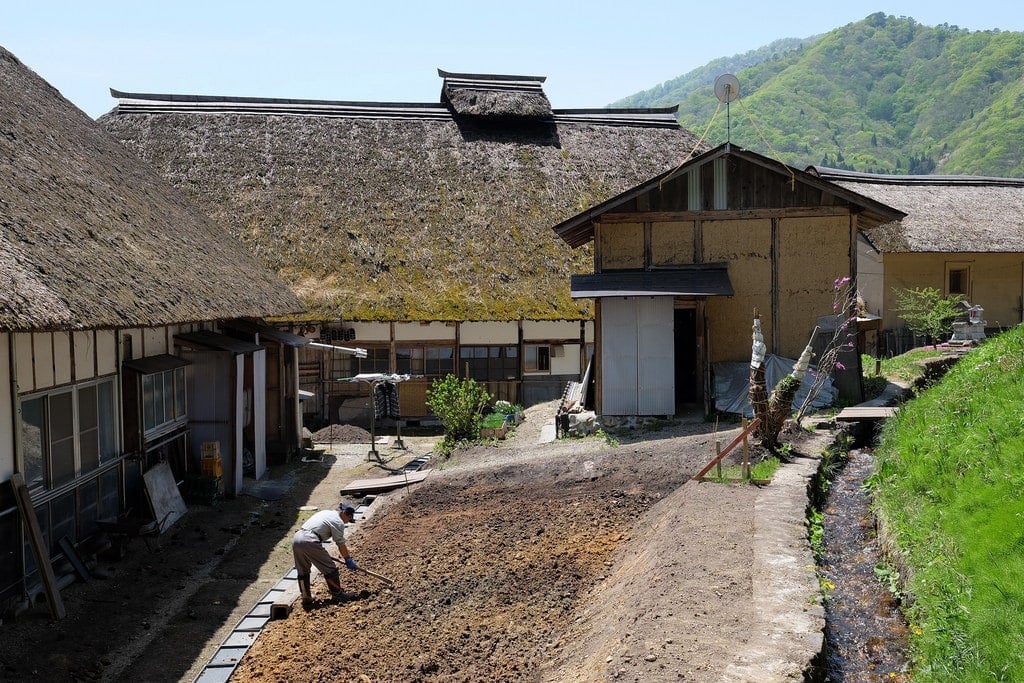
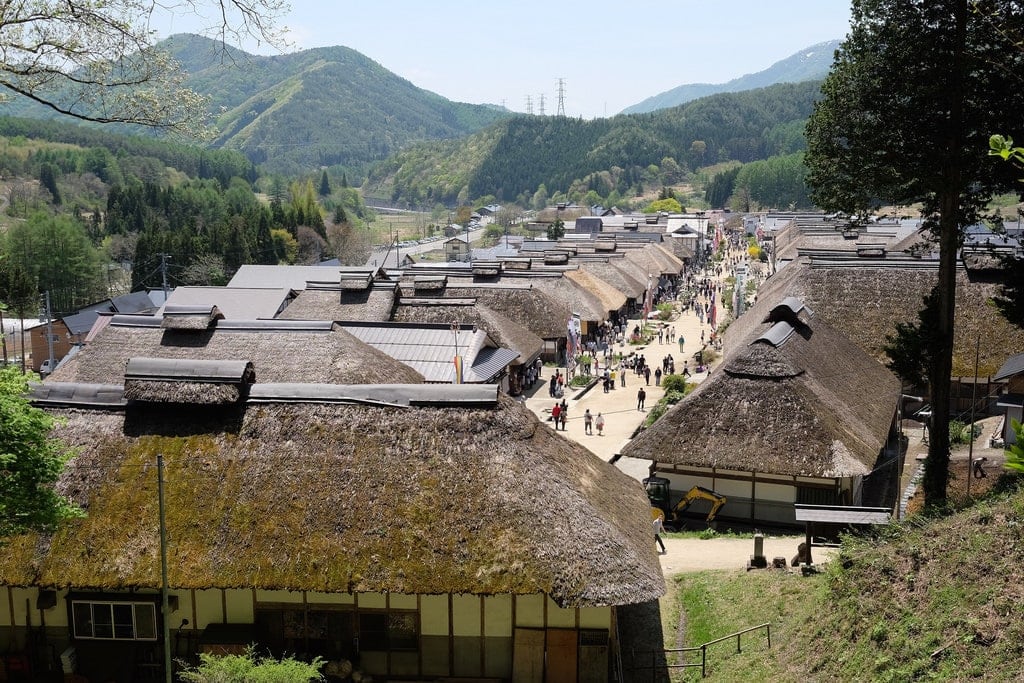
At the top of the street, a steep staircase leads up to a small shrine from where a panoramic view of Ouchijuku and the surrounding mountains can be enjoyed. Except for the occasional electricity pylon the environment is pristine.
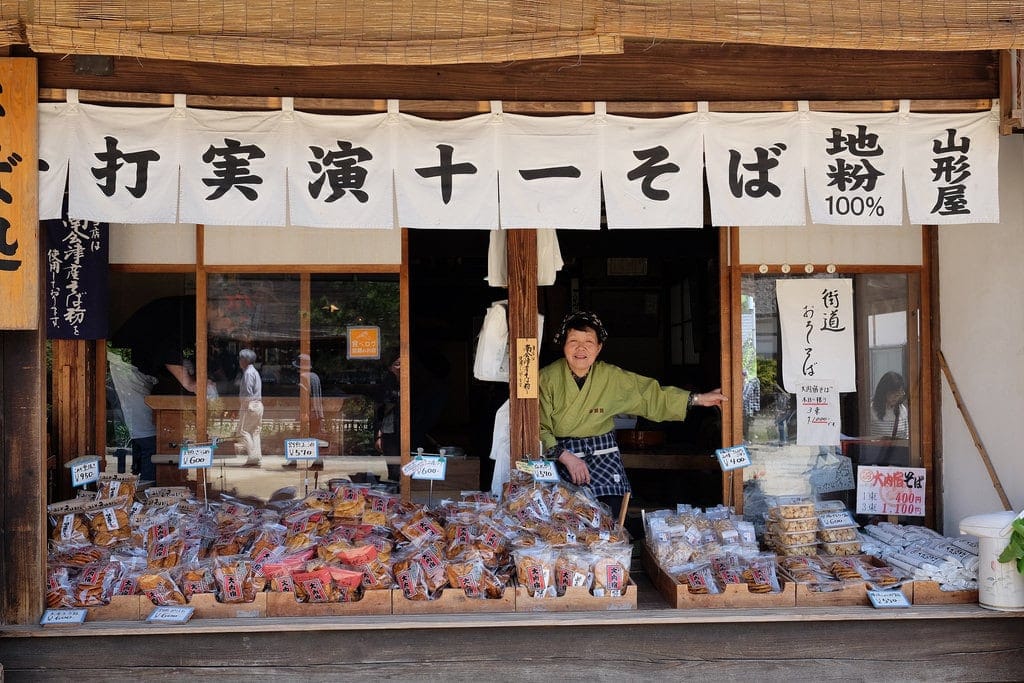
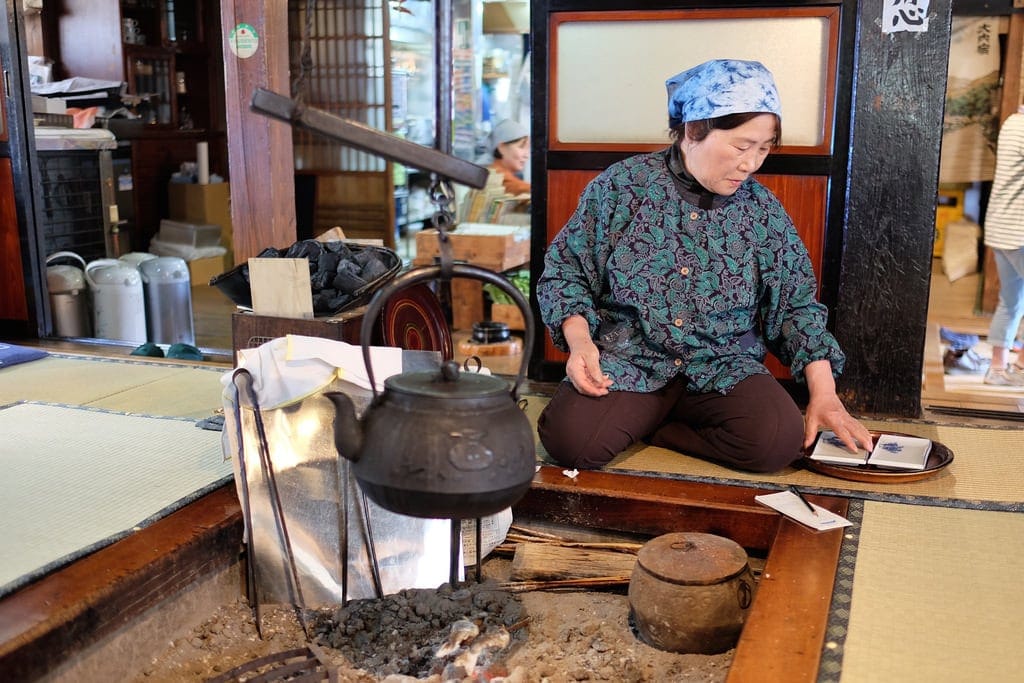
The Aizu region is famous for its buckwheat noodles and many of the restaurants in Ouchijuku offer the town’s unique handmade Negi-soba alongside other specialities like locally caught char fish roasted on sticks.
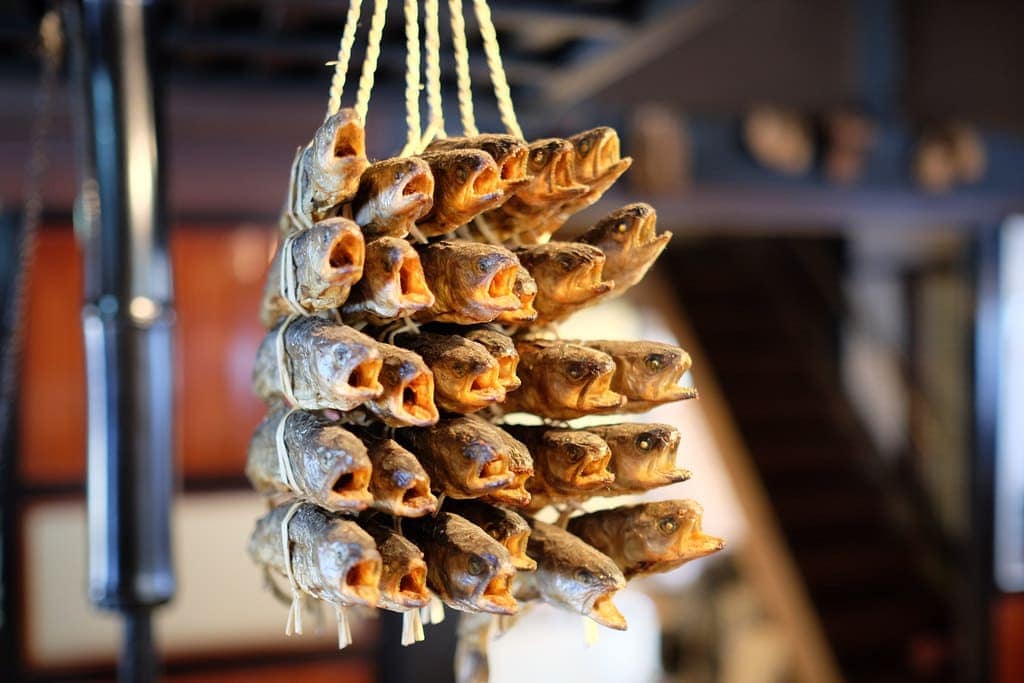
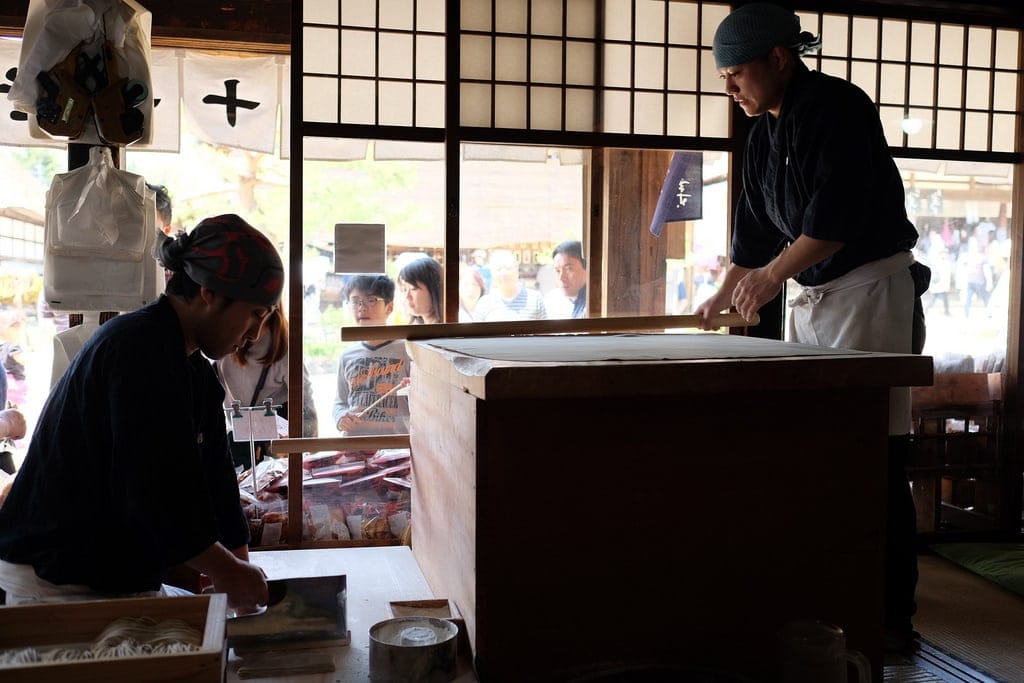
These guys made it look easy but making soba actually requires a lot of skill and patience.
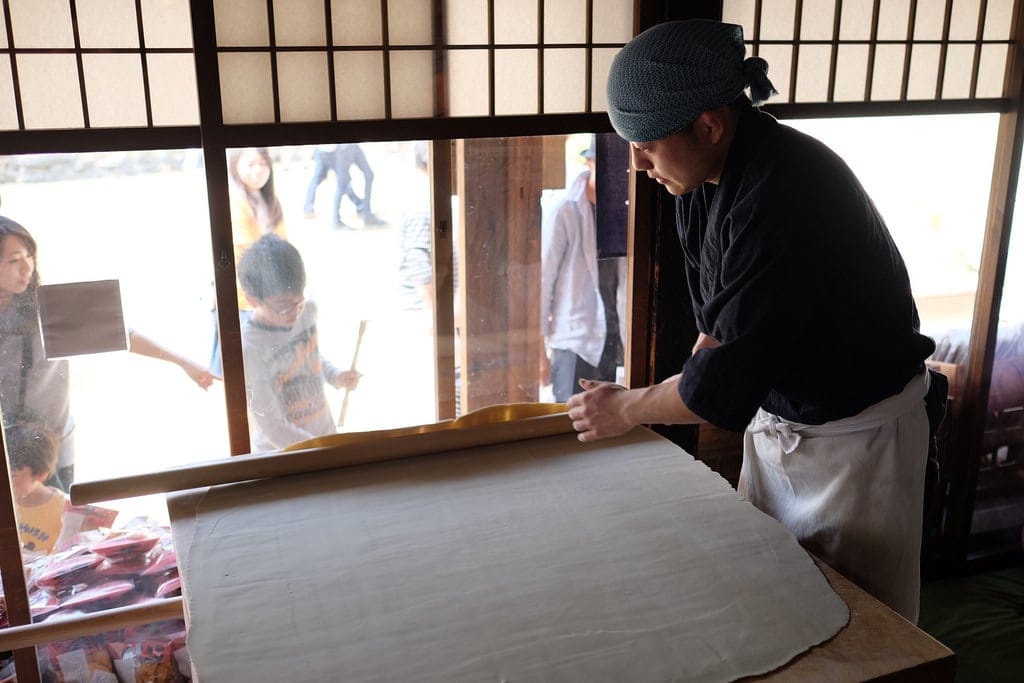
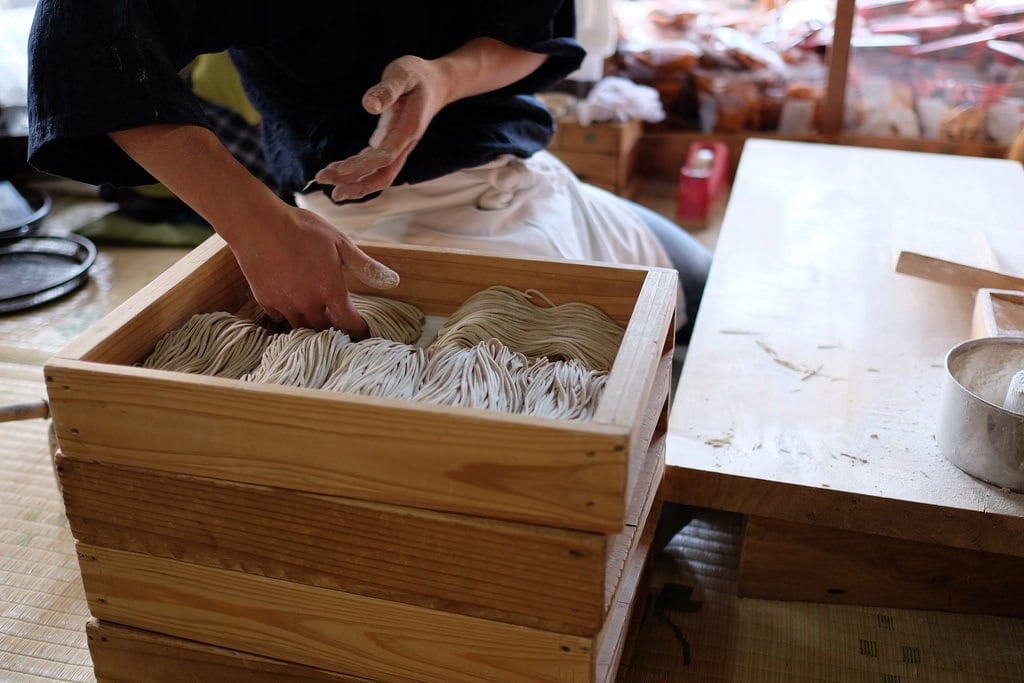
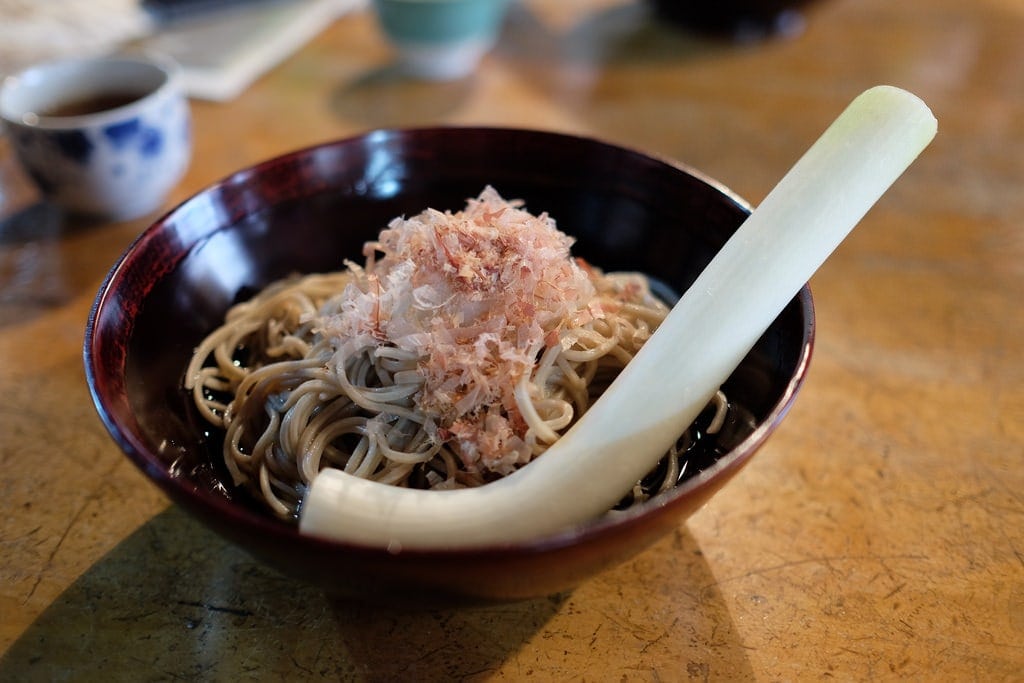
Negi-soba is served with a leek used for eating instead of the usual chopsticks! Delicious.
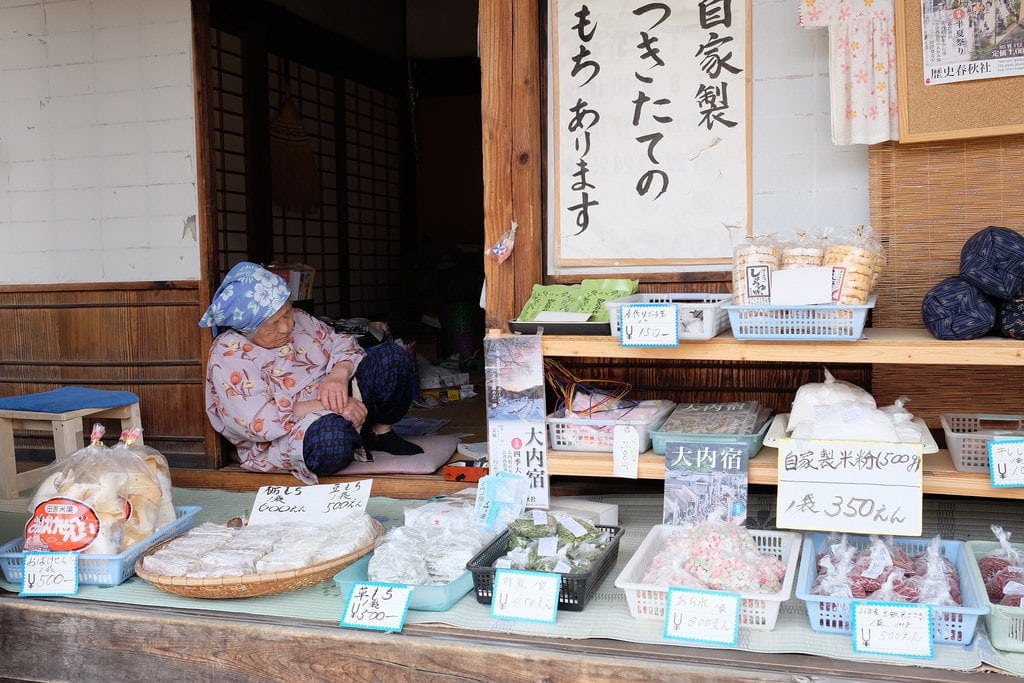
The afternoon heat was a little much for some people.
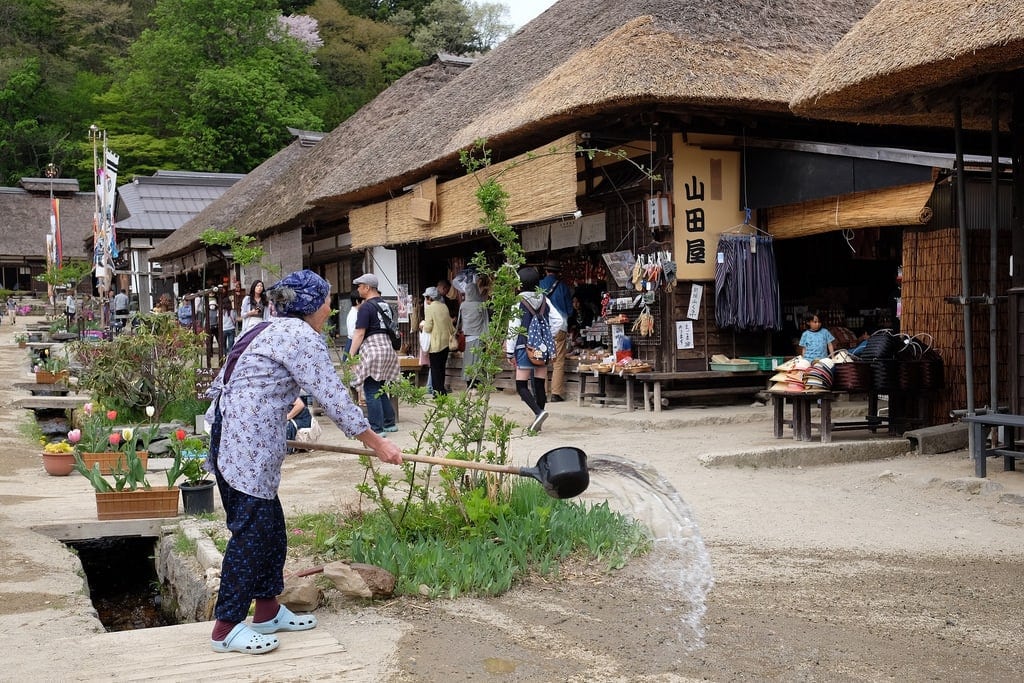
A shopkeeper watering the ground to keep the dust down. Period crocs optional.
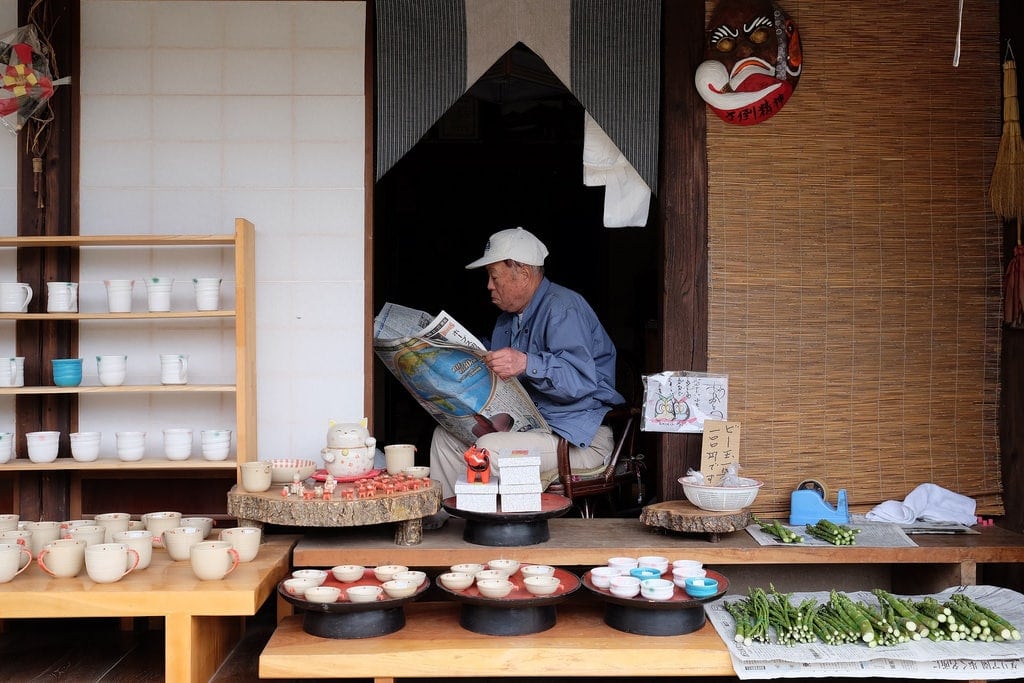
If you have time to spare on your way back be sure to check out the open-air foot spa next to Yunokami Onsen Station. It’s free and the perfect place to wait for your train!

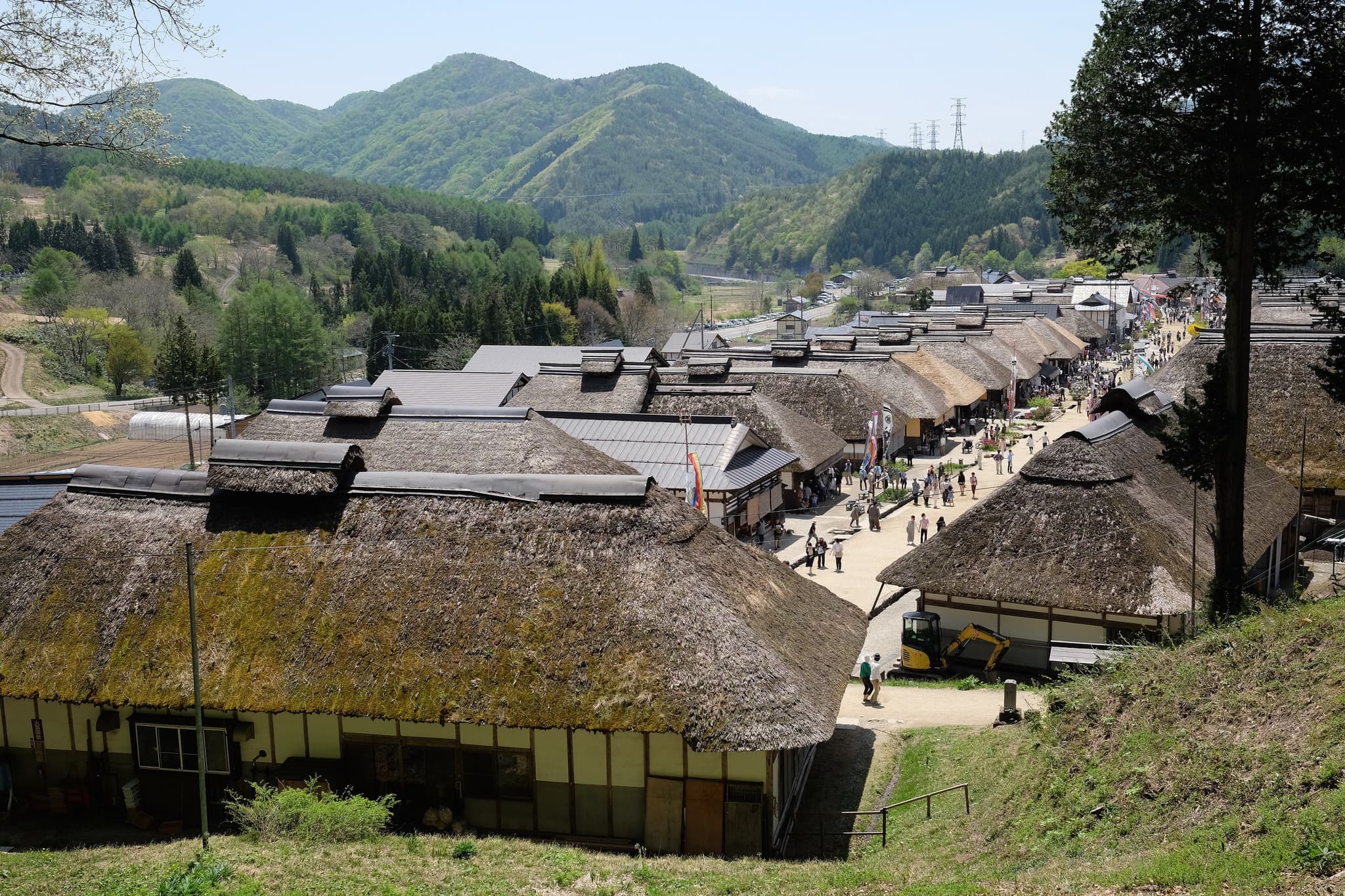
Reply